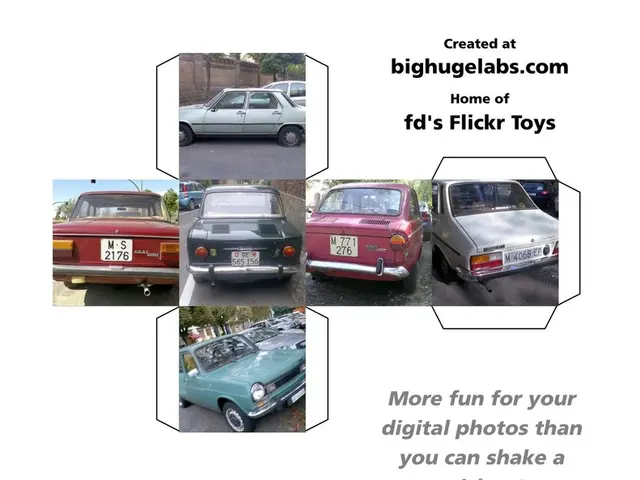Penn Scientists Boost CO to Multi-Carbon Products Efficiency by 91%
Scientists at the University of Pennsylvania have made a breakthrough in converting carbon monoxide (CO) and carbon dioxide (CO2) into valuable multi-carbon products. Led by Anthony Shoji Hall, the team discovered that adjusting the concentration of sodium perchlorate (NaClO4) in water can significantly improve the efficiency of this process.
The research, published in the journal Nature, initially faced challenges even with popular copper catalysts. However, the team found that increasing the NaClO4 concentration from 0.01 to 10 molal boosted the system's Faradaic efficiency from a mere 19% to an impressive 91%. This remarkable improvement was driven by entropy, unusually so in electrocatalysis studies, rather than proton movement.
This optimization led to a dramatic eighteenfold increase in ethylene (C2H4) production, a key multi-carbon product that can serve as a fuel source or building block for various goods. Moreover, the generation of hydrogen gas, an unwanted byproduct, was nearly eliminated. The team attributes this success to the disruption of the hydrogen bonding network at the liquid-metal interface, making it easier for carbon atoms to join and form larger products like ethylene.
The findings from Hall's team suggest that water's interfacial structure can be fine-tuned to enhance performance in various electrochemical reactions. This breakthrough brings us closer to harnessing CO and CO2 as cleaner power sources and products, contributing to a more sustainable future.
Read also:
- Hydrogen set to revolutionize India's space expeditions, transportation sector, and clean energy ambitions, according to ISRO Chairman's claims
- Strategic approach to eco-friendly nickel production for electric vehicles in Europe
- Solar energy company, Imperium, alongside QORAY Mobility & Energies Solar Business, bolsters Nigeria's environmental future by producing superior solar panels domestically and offering flexible payment options.
- AI Inspection Company, Zeitview, Secures $60 Million Funding for Expansion








